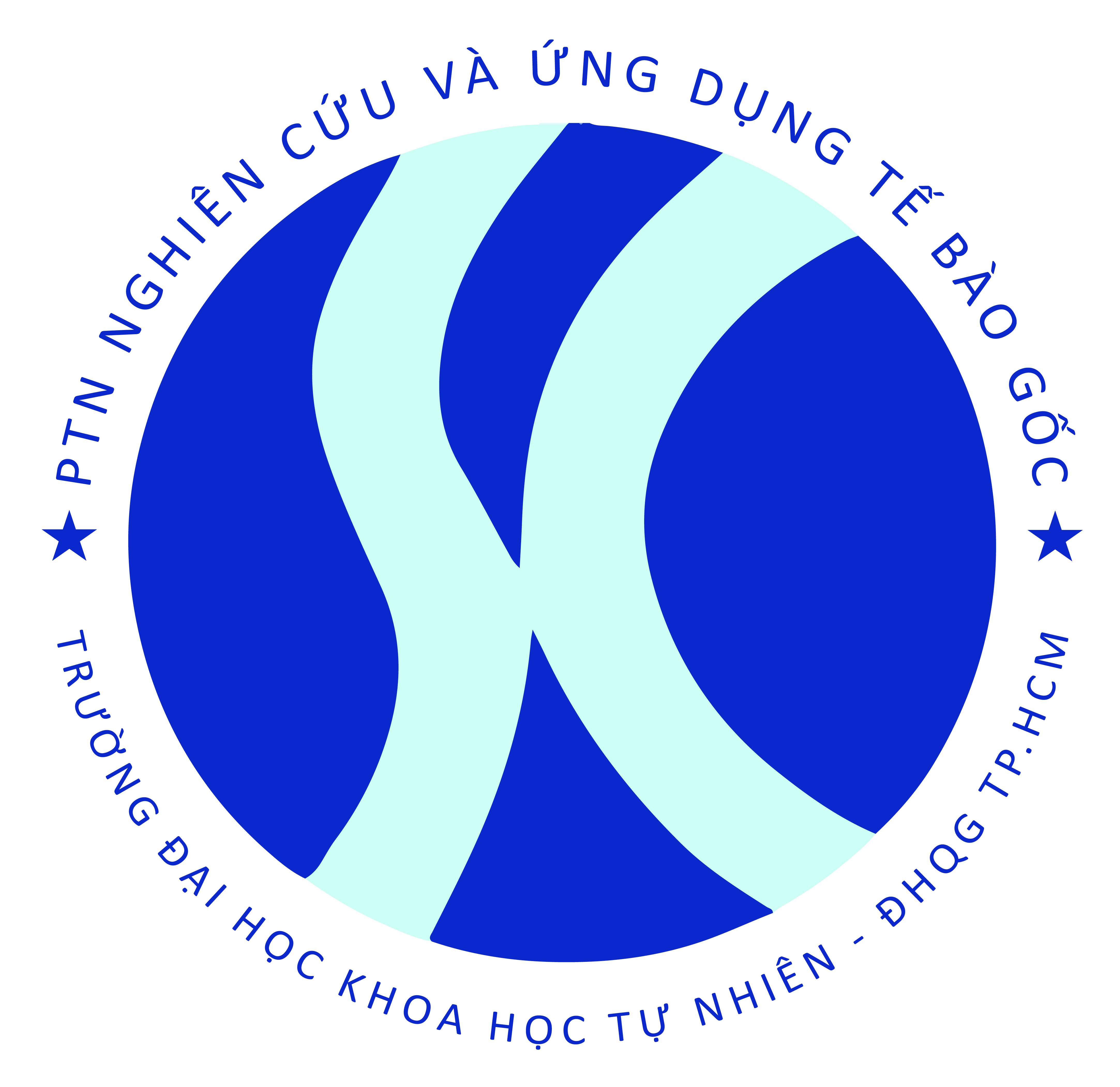Good manufacturing practice-compliant isolation and culture of human umbilical cord blood-derived mesenchymal stem cells
Phuc Van Pham, Ngoc Bich Vu, Vuong Minh Pham, Nhung Hai Truong, Truc Le-Buu Pham, Loan Thi-Tung Dang, Tam Thanh Nguyen, Anh Nguyen-Tu Bui and Ngoc Kim Phan
Journal of Translational Medicine 2014, 12:56 doi:10.1186/1479-5876-12-56
Published: 24 February 2014
Abstract (provisional)
Background
Mesenchymal stem cells (MSCs) are an attractive source of stem cells for clinical applications. These cells exhibit a multilineage differentiation potential and strong capacity for immune modulation. Thus, MSCs are widely used in cell therapy, tissue engineering, and immunotherapy. Because of important advantages, umbilical cord blood-derived MSCs (UCB-MSCs) have attracted interest for some time. However, the applications of UCB-MSCs are limited by the small number of recoverable UCB-MSCs and fetal bovine serum (FBS)-dependent expansion methods. Hence, this study aimed to establish a xenogenic and allogeneic supplement-free expansion protocol.
Methods
UCB was collected to prepare activated platelet-rich plasma (aPRP) and mononuclear cells (MNCs). aPRP was applied as a supplement in Iscove modified Dulbecco medium (IMDM) together with antibiotics. MNCs were cultured in complete IMDM with four concentrations of aPRP (2, 5, 7, or 10%) or 10% FBS as the control. The efficiency of the protocols was evaluated in terms of the number of adherent cells and their expansion, the percentage of successfully isolated cells in the primary culture, surface marker expression, and in vitro differentiation potential following expansion.
Results
The results showed that primary cultures with complete medium containing 10% aPRP exhibited the highest success, whereas expansion in complete medium containing 5% aPRP was suitable. UCB-MSCs isolated using this protocol maintained their immunophenotypes, multilineage differentiation potential, and did not form tumors when injected at a high dose into athymic nude mice.
Conclusion
This technique provides a method to obtain UCB-MSCs compliant with good manufacturing practices for clinical application.
http://www.translational-medicine.com/content/12/1/56/abstract

Leave a Reply